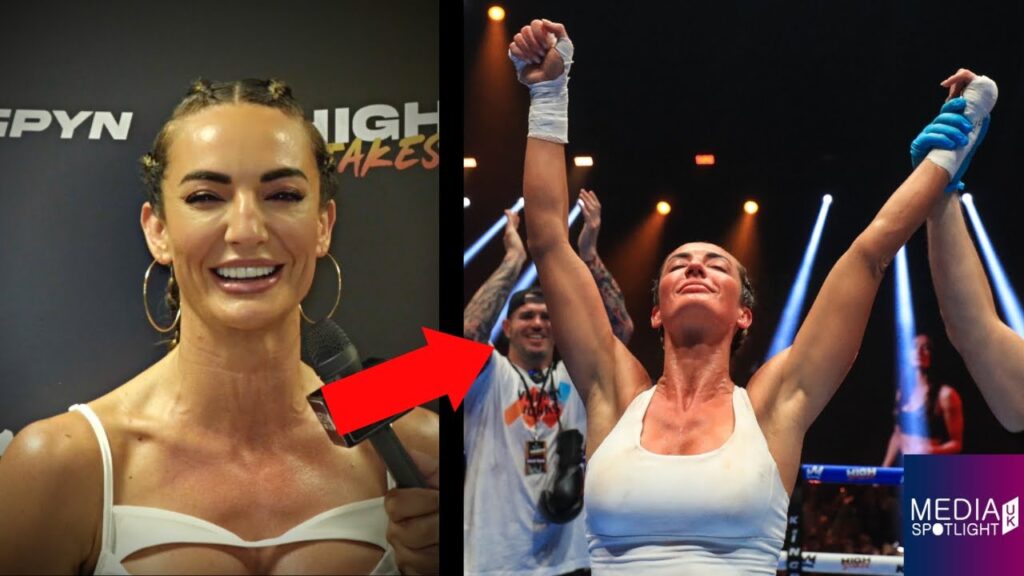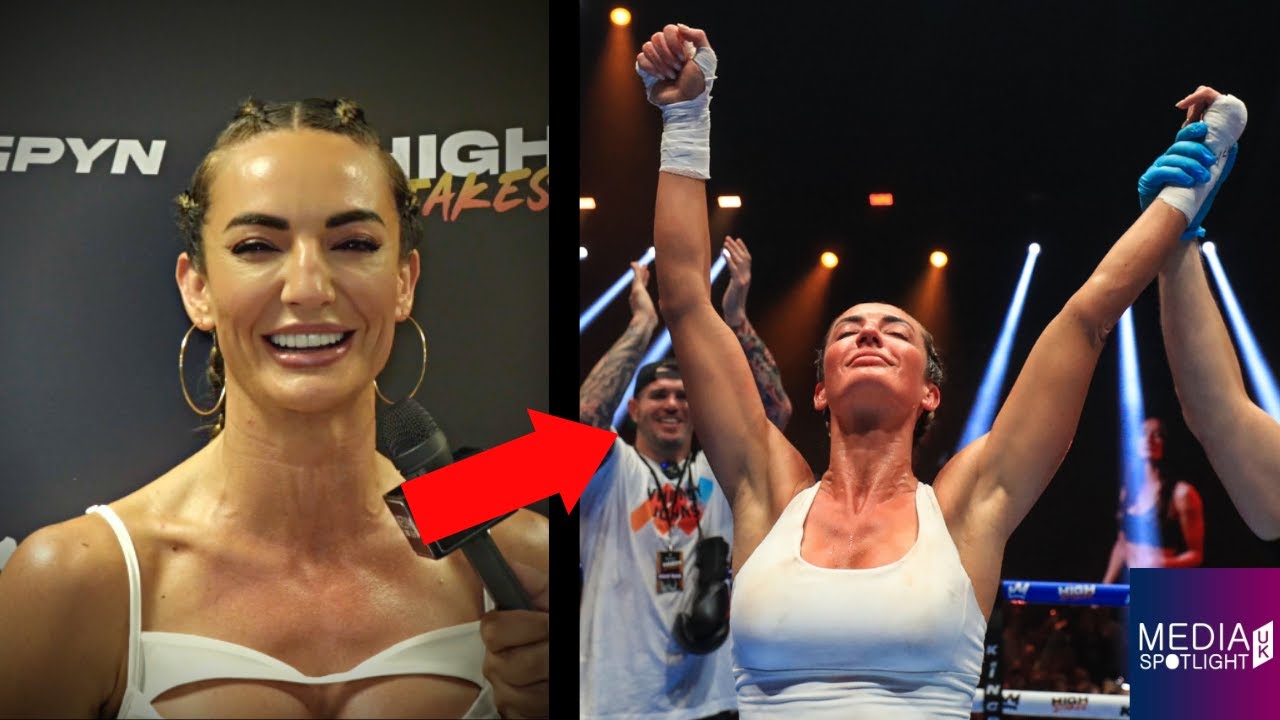
Whitneyjohns Nude: Exploring the Boundaries of Art, Privacy, and Public Discourse
Navigating the complexities surrounding the term “whitneyjohns nude” requires a nuanced approach. This article aims to provide a comprehensive exploration of the issues, sensitivities, and ethical considerations involved, while also addressing the potential search intent behind this query. We delve into the broader context of artistic expression, privacy rights, and the ever-evolving landscape of online content. Our goal is to offer a balanced and informed perspective, fostering a deeper understanding of the topic.
Understanding the Search Intent Behind “Whitneyjohns Nude”
The search term “whitneyjohns nude” presents a complex challenge. It’s crucial to acknowledge the potential motivations behind such a search, which can range from genuine curiosity about an artist’s work to potentially harmful or exploitative intentions. Understanding these motivations is the first step in addressing the ethical and legal considerations involved.
The Spectrum of Search Intent
* **Artistic Curiosity:** Some users may be interested in exploring the artistic expression and aesthetic value of nude photography or art involving someone named Whitney Johns.
* **Information Seeking:** Others might be searching for information about the legal and ethical boundaries surrounding the creation and distribution of such content.
* **Potentially Harmful Intent:** Unfortunately, some searches may stem from voyeuristic or exploitative desires, which are unacceptable and potentially illegal.
Navigating the Legal and Ethical Landscape
The creation, distribution, and consumption of nude images, especially those involving identifiable individuals, are subject to a complex web of laws and ethical considerations. These laws vary by jurisdiction and can be difficult to navigate.
Key Legal Considerations
* **Consent:** The most critical factor is consent. Any depiction of an individual in a nude or sexual manner must be based on their explicit and informed consent. Without consent, the creation and distribution of such images can constitute sexual assault or exploitation.
* **Privacy Rights:** Individuals have a right to privacy, which includes the right to control the dissemination of their personal images. The unauthorized distribution of nude images can violate privacy laws and lead to legal repercussions.
* **Child Protection Laws:** The creation, distribution, or possession of images depicting minors in a sexual or exploitative manner is strictly prohibited and carries severe penalties.
Ethical Considerations
* **Respect for Autonomy:** Even with consent, it’s crucial to respect the autonomy and dignity of the individual depicted. The context and purpose of the image should be carefully considered.
* **Power Dynamics:** Power imbalances can influence consent. It’s important to be aware of potential exploitation or coercion in situations where one party holds more power than the other.
* **Impact on Mental Health:** The creation and distribution of nude images can have a significant impact on the mental health of those involved, both positively and negatively. It’s crucial to prioritize mental well-being and provide support where needed.
The Role of Technology and Social Media
The internet and social media have amplified the reach and impact of nude images. While these platforms can provide avenues for artistic expression, they also pose significant challenges in terms of privacy, consent, and the spread of harmful content.
Challenges Posed by Technology
* **Ease of Distribution:** The internet makes it incredibly easy to share and distribute images, often without the consent of the individuals depicted.
* **Anonymity:** Online anonymity can embolden individuals to engage in harmful behavior, such as cyberbullying and the non-consensual sharing of intimate images.
* **Difficulty in Removal:** Once an image is online, it can be incredibly difficult to remove it completely. Even if the original source is taken down, copies may continue to circulate.
Understanding Deepfakes and AI-Generated Content
Recent advancements in artificial intelligence (AI) have led to the creation of deepfakes, which are synthetic media in which a person in an existing image or video is replaced with someone else’s likeness. This technology raises serious concerns about the potential for misuse, including the creation of non-consensual pornographic content featuring real individuals.
The Threat of Deepfakes
* **Non-Consensual Pornography:** Deepfakes can be used to create realistic-looking pornographic videos featuring individuals without their consent, causing significant emotional distress and reputational harm.
* **Defamation and Misinformation:** Deepfakes can also be used to spread false information or defame individuals by placing them in compromising or embarrassing situations.
* **Erosion of Trust:** The rise of deepfakes can erode trust in online content, making it difficult to distinguish between what is real and what is fake.
Promoting Responsible Online Behavior
Addressing the challenges surrounding “whitneyjohns nude” requires a multi-faceted approach that includes education, legal reforms, and technological solutions. It’s crucial to promote responsible online behavior and foster a culture of respect for privacy and consent.
Steps Towards Responsible Online Behavior
* **Education:** Educating individuals about the legal and ethical implications of creating, distributing, and consuming nude images is essential.
* **Legal Reforms:** Strengthening laws to protect privacy and address the misuse of deepfakes is crucial.
* **Technological Solutions:** Developing technologies to detect and remove non-consensual images from the internet can help mitigate the harm caused by online exploitation.
* **Promoting Consent Culture:** Fostering a culture of consent, where individuals are empowered to make informed decisions about their bodies and their images, is paramount.
The Importance of Consent in Artistic Expression
While artistic expression is a fundamental right, it must be balanced with the rights and well-being of individuals depicted in art. Consent is not a one-time event; it is an ongoing process that requires clear communication, mutual understanding, and respect for boundaries.
Ensuring Consent in Art
* **Clear Communication:** Artists must clearly communicate their intentions to their subjects and obtain their explicit consent before creating any artwork that depicts them in a nude or sexual manner.
* **Mutual Understanding:** Both the artist and the subject should have a clear understanding of the purpose, context, and potential impact of the artwork.
* **Respect for Boundaries:** Artists must respect the boundaries of their subjects and be willing to make changes to the artwork if necessary to ensure their comfort and well-being.
Addressing Misinformation and Promoting Accurate Information
It is crucial to combat misinformation and promote accurate information surrounding the topic of “whitneyjohns nude.” This includes debunking myths, clarifying legal and ethical standards, and providing resources for individuals who have been affected by online exploitation.
Strategies for Addressing Misinformation
* **Fact-Checking:** Actively fact-checking claims and debunking myths surrounding the topic.
* **Promoting Reliable Sources:** Directing individuals to reliable sources of information, such as legal experts, advocacy groups, and mental health professionals.
* **Creating Educational Content:** Developing educational content that clarifies legal and ethical standards and provides resources for victims of online exploitation.
Q&A: Addressing Common Questions and Concerns
Here are some frequently asked questions about the ethical and legal considerations surrounding “whitneyjohns nude:”.
1. **What constitutes consent in the context of nude photography?**
Consent must be freely given, informed, and ongoing. It cannot be coerced or implied. The individual must understand the purpose, context, and potential impact of the images.
2. **What are the legal consequences of distributing nude images without consent?**
The legal consequences vary by jurisdiction but can include criminal charges, civil lawsuits, and reputational damage.
3. **How can I protect myself from becoming a victim of deepfake pornography?**
Be cautious about sharing personal images online, and be aware of the potential for your likeness to be used in deepfakes. If you become a victim, contact legal counsel and report the incident to the appropriate authorities.
4. **What resources are available for victims of online exploitation?**
Numerous organizations offer support for victims of online exploitation, including legal aid, mental health counseling, and advocacy services.
5. **Is it ever ethical to create or distribute nude images?**
Yes, but only with the explicit and informed consent of all individuals involved, and with careful consideration of the ethical implications.
6. **How do power dynamics affect consent in artistic collaborations?**
Power imbalances can influence consent, making it essential to address these imbalances and ensure that all parties feel empowered to make their own decisions.
7. **What role do social media platforms play in preventing online exploitation?**
Social media platforms have a responsibility to prevent the spread of non-consensual images and to provide resources for victims of online exploitation.
8. **How can parents educate their children about online safety and consent?**
Parents should have open and honest conversations with their children about online safety, consent, and the potential risks of sharing personal information online.
9. **What are the challenges in prosecuting deepfake offenders?**
Challenges include proving intent, identifying the perpetrators, and navigating jurisdictional issues.
10. **What is the future of AI and its impact on privacy and consent?**
The future of AI poses significant challenges to privacy and consent. It is crucial to develop ethical guidelines and legal frameworks to address these challenges.
Conclusion: Navigating the Complexities with Responsibility and Respect
The search term “whitneyjohns nude” highlights the complex intersection of art, privacy, ethics, and technology. By understanding the potential motivations behind such searches, the legal and ethical considerations involved, and the challenges posed by technology, we can promote responsible online behavior and foster a culture of respect for privacy and consent. Let us use our knowledge to educate others and ensure a safer and more ethical online environment. Share your thoughts and experiences on the topic in the comments below to continue the discussion.

